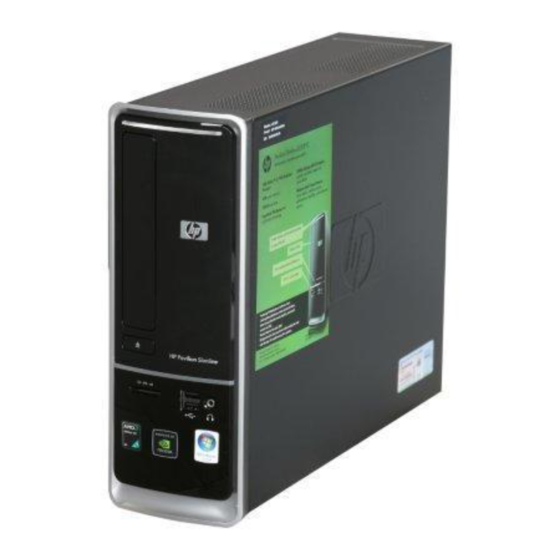
HP s5120f - Pavilion - Slimline Getting Started Manual
Getting started
Hide thumbs
Also See for s5120f - Pavilion - Slimline:
- Tv connection manual (1 page) ,
- Quick setup (1 page) ,
- Getting started (228 pages)
Table of Contents
Advertisement
Quick Links
Advertisement
Chapters
Table of Contents







Need help?
Do you have a question about the s5120f - Pavilion - Slimline and is the answer not in the manual?
Questions and answers